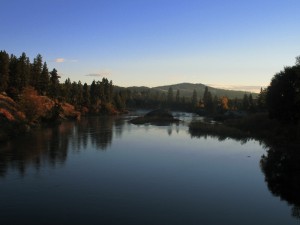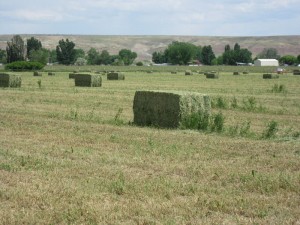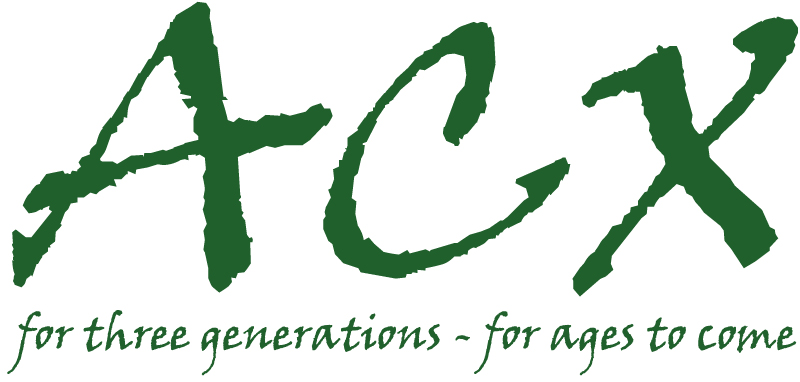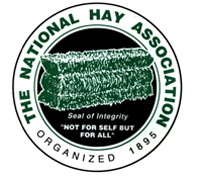In the San Joaquin Valley there is to be a water shortage, and it appears that many farmers are receiving bad news when it comes to the water situation. According to a June 18, 2013 article in the Fresno Bee, farmers were recently told to “Expect a zero percent water allocation next February if winter doesn’t start out stormy.”
According to the article, Tom Birmingham Westlands General manager said “”When we look at these dry conditions and low storage in reservoirs later this year, it’s difficult to see how the initial allocation could be anything but zero, unless we have a very big December and January,”
 ACX アドバイザー
ACX アドバイザー ACX 인사말
ACX 인사말 ACX 快讯
ACX 快讯


